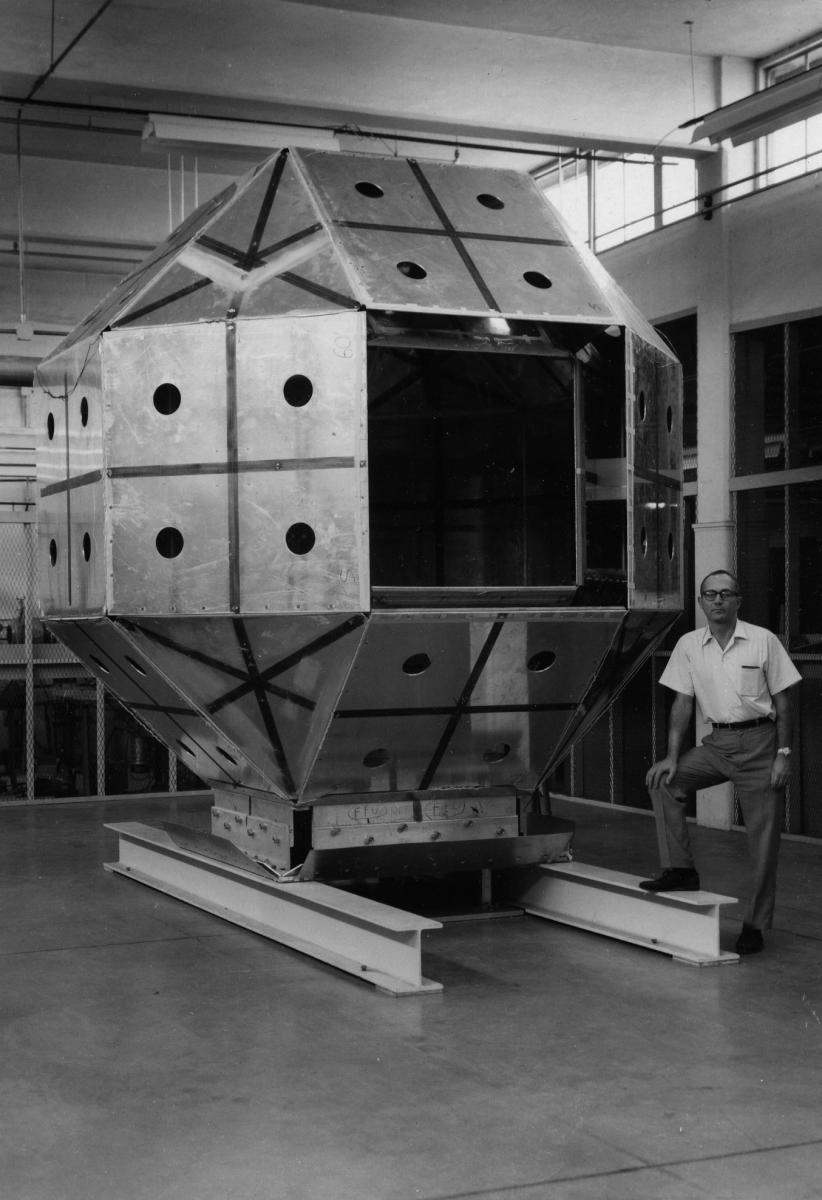The Daily Free Press recounts the HUBWeek event in which Center Director Bruce Rosen and medical illustrator Danny Quirk spoke about the intersectionality of human anatomy and visual art.
45 years of biomagnetism and SQUID
In late 1969, David Cohen and James Zimmerman ushered in a new era of biomagnetism when they measured the magnetic field from a human heart using a superconducting quantum interference device, or SQUID. The first use of a SQUID with a human subject, the experiment threw open the doors to medical applications of the technology, the possibilities of which researchers are still exploring today.
In a recently published IEEE Spectrum article—“How the Ford Motor Co. Invented the SQUID”—Ann Johnson recounts the story of the technology: from the heady early days in 1963 and 1964, when Zimmerman and colleagues in a Ford research lab practically stumbled upon the solution to the superconductivity question, to the internecine struggles that broke up the lab, to the later development and application of SQUID products.
Cohen, an MIT researcher who is today a member of the Martinos Center faculty, plays an integral role in this story. By 1969, he had built a large, magnetically shielded room at the Francis Bitter National Magnet Laboratory at MIT—a pod-like structure with a stairway descending from an open panel on the side, it might have been something out of a science fiction movie—and was using it to measure the magnetic fields produced by the human heart and brain. (Cohen and the partially built room appear in the 1969 photo to the right.)
The copper coils he was using for detection weren’t yielding enough signal, though. He reached out to Zimmerman, who was by then leading the cryogenics division at Aeroneutronic in Newport Beach, Calif., to see if a SQUID might help to improve the situation. They decided to test a device at MIT, and in a New Year’s Eve experiment performed their first measurements of biomagnetism with a SQUID.
“Finally we were ready to look at the easiest biomagnetic signal: the signal from the human heart, because it was large and regular,” Cohen later said. “Jim stripped down to his shorts, and it was his heart that we first looked at.”
The results were nothing short of astounding; in terms of the signal measured, they were light years beyond than anything Cohen had seen with the coil detector. The implications of this were far reaching, and the reverberations from the experiment are still felt today. “Although I didn’t realize it, a new era had arrived in biomagnetism,” he said.
Read the full story in “How the Ford Motor Co. Invented the SQUID.”



